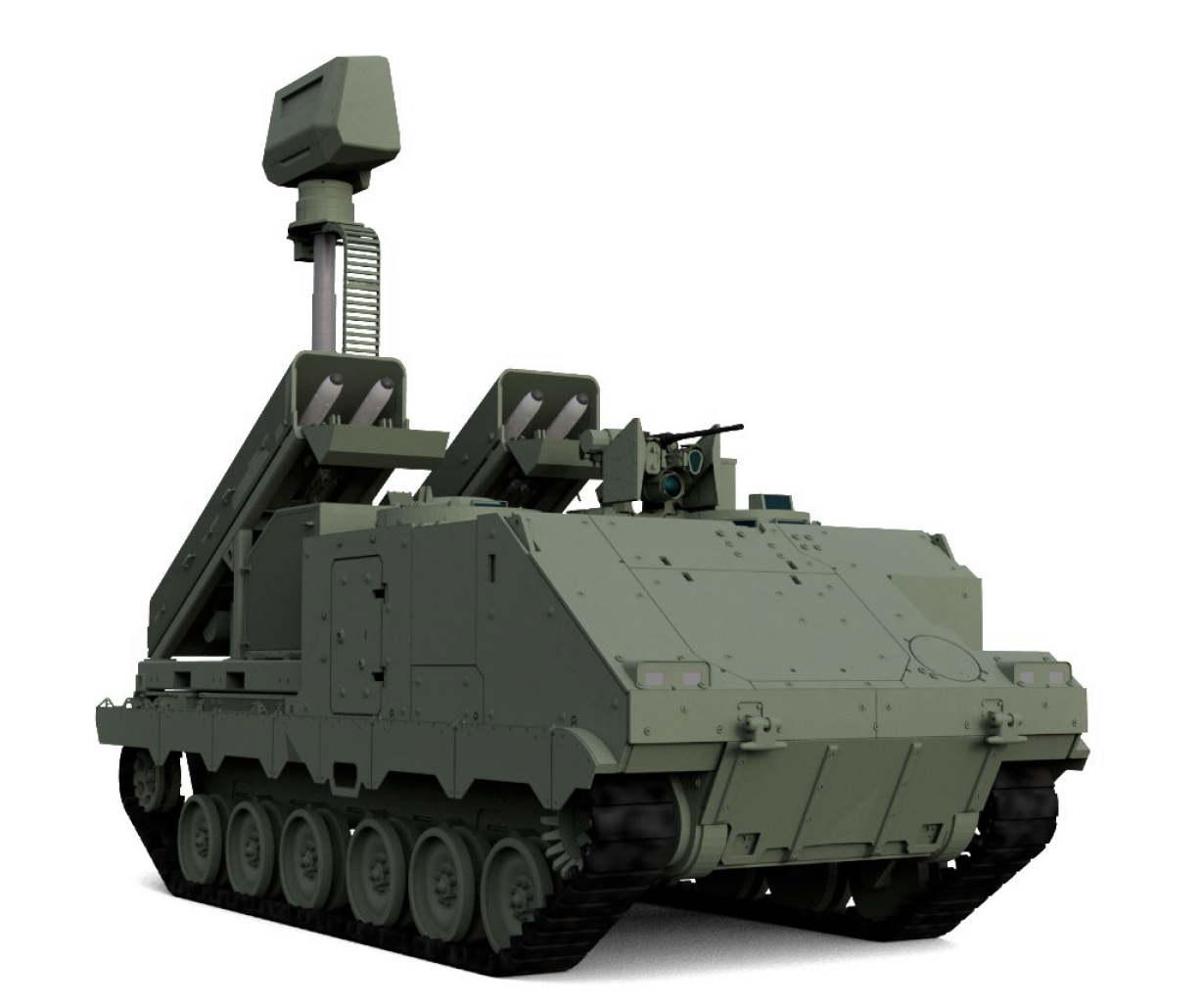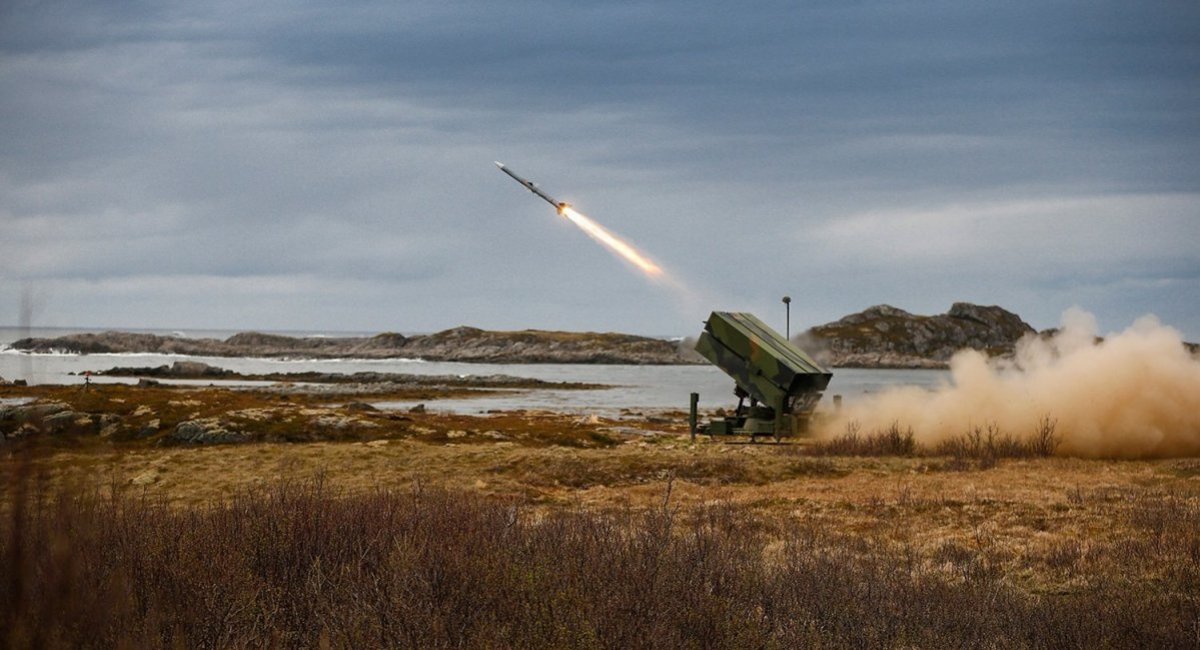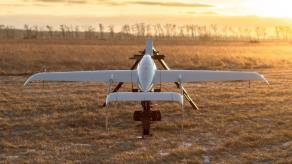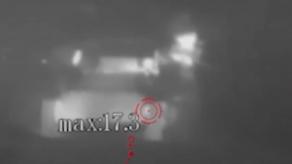The Norwegian Ministry of Defense, together with the American company RTX (Raytheon Technologies) and the Norwegian company Kongsberg, signed a new agreement on cooperation to enhance the capabilities of the NASAMS anti-aircraft missile system.

Such a statement was published on the website of the Norwegian government on October 31. However, no specific information about what the improved NASAMS SAM will entail has been provided. It is not known whether it will be just a modernization or whether some critical redesign of the missile system is envisaged.
Read more: Lithuania to Supply Ukraine with Several NASAMS SAM System’s Launchers, Although It Can Only Have 12 Units
The statement is limited to general phrases, such as the agreement "lays the foundation to further enhance NASAMS’ already robust and combat-proven air defence capabilities" and that "this new collaborative arrangement will grow the capabilities of NASAMS to ensure it keeps pace with ever-evolving complex threats."
At the same time, Tom Laliberti, president of RTX’s Land & Air Defense Systems division, noted that "today marks a key milestone in cementing NASAMS’ legacy as the world’s leading medium-range air defense system."
It can be assumed that the NASAMS anti-aircraft missile system will be improved based on the results of its active use in Ukraine against the Russian threat.
The NASAMS has been in operation by the Air Force for almost a year, with the first use of this SAM in Ukraine occurring in mid-November 2022.
As a reminder, a standard NASAMS unit has a modular design comprising a command post the FDC, an active 3D radar Raytheon AN/MPQ-64F1 Sentinel, a passive electro-optical and infrared sensor and a number of missile canister launchers with AMRAAM missiles. Normally, a number of NASAMS fire units are netted together in a uniquely designed ”hard-realtime” communication network to ensure minimum latency over large distances for maximum system performance utilizing the unique capabilities of the AMRAAM missile.

The NASAMS defends against unmanned aerial vehicles, helicopters, cruise missiles, unmanned combat aerial vehicles, and fixed wing aircraft.
Read more: Some of Ukrainian NASAMS Air Defense Systems Were Out of Order Due to Repairs, Operator Says














